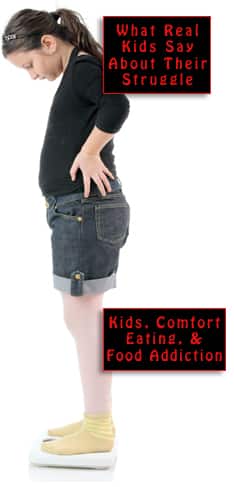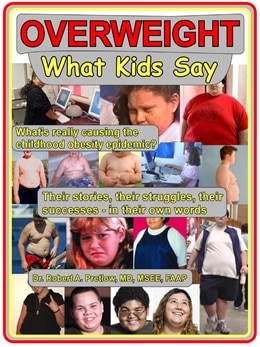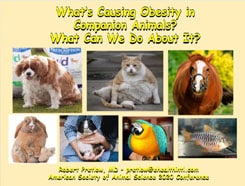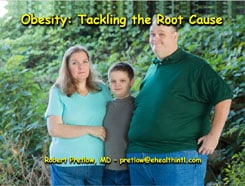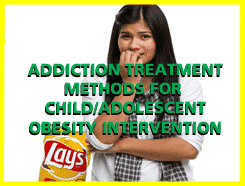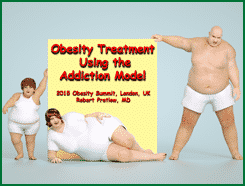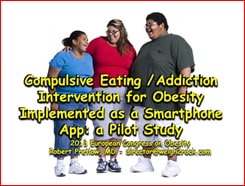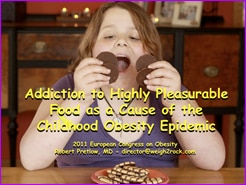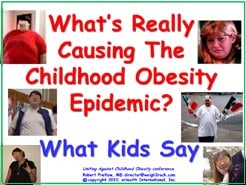With GLP-1 Drugs, There Will Be Questions — Continued

About the GLP-1 drugs, there are currently more questions than answers, and one of them is, are the most important questions even being asked?
New England Journal of Medicine produces a podcast called “Intention to Treat.” In one episode, host Rachel Gotbaum discusses with guests the prescribing of such pharmaceuticals to children. Dr. Ali Ibrahim expresses concern about overprescription, especially when prices eventually go down and the genre becomes more affordable. Given that many doctors do not have special expertise in nutrition or exercise physiology, “[…] it is very easy for someone who’s not trained in these two things to quickly jump to the medications.”
This, he feels, is probably not the best course for the patient, because “lifestyle should always be at the center… We need to create a tailored plan for every single patient.” Dr. Ibrahim also has a specific concern about general quality of life, and a reluctance to contribute to mental health problems like feelings of deprivation and pointlessness. For most patients, “having a meal is the best part of their day. This is what keeps them going. And now I’m putting them on a medication that is making that less enjoyable. And I do not want to take that away from them.”
Speaking of teens who have lost a lot of weight due to bariatric surgery, Dr. Tamara Hannon mentions a factor “that is quite worrisome… and that’s the use of other substances — alcoholism, substance abuse kind of replacing food, in a way.”
Notorious teens
Not too long ago, in the autumn of 2022, a pharmaceutical company astonished an Obesity Week conference audience by describing “a promising anti-obesity medication in teenagers, a group that is notoriously resistant to such treatment”:
The results astonished researchers: a weekly injection for almost 16 months, along with some lifestyle changes, reduced body weight by at least 20% in more than one-third of the participants.
Results like this shed new light on the question of whether obesity is a disease — that is, a condition that at least some people have no power over, and unquestionably need medical help to fix. And here is some bad news: “[E]vidence is growing that most people’s bodies have a natural size that can be hard to change.” This is a shocker. Remember the dreaded Set Point Theory?
One big question facing researchers now is whether people will need to take these medications for life to maintain their weight. A subset of clinical-trial participants who ceased taking semaglutide and stopped the study’s lifestyle interventions regained about two-thirds of their lost weight after one year.
The future
Something that may or may not turn out to work is a drug called 2,4-dinitrophenol, or DNP. As a weight-loss aid, it is described as highly effective but potentially deadly. It makes use of a process called mitochondrial uncoupling, which HU6, a drug in development, might be able to accomplish without causing the user to overheat.
It is said to bring about “fat-specific weight loss, preservation of muscle mass, reduction of liver and visceral fat, improved glycemic control and reductions in oxidative stress and inflammation.” A BioSpace.com article quotes Jayson Dallas, CEO of the company responsible:
HU6 increases resting energy consumption by about 30% at its highest dose, “and it does that 24/7… You’re essentially burning 30% more energy than you otherwise would, all day, and therefore you’re burning an extra 3600 to 4000 calories a week in the background.
That sounds kind of like being cooked from the inside. The executive recognizes the possible shortcomings and the danger it would present:
The more you shock your body, the more it goes into panic mode, and when you’re losing 30% of your body weight in 12 weeks, that’s a crisis metabolically.
HU6 reportedly helps patients lose three to four pounds per month with “no plateau,” which sounds pretty extreme, and of course could not be literally true, or the body would eventually just dissolve away into nothingness. But perhaps with the right amount of tinkering, this substance will find its heat problem solved, and leave all the GLP-1 drugs in the shade.
Your responses and feedback are welcome!
Source: “Treating Obesity in Kids — ITT Episode 31,” NEJM.org, 06/05/24
Source: “‘Breakthrough’ Obesity Drugs Are Effective but Raise Questions,” ScientificAmerican.com, 01/10/23
Source: “Beyond GLP-1s: The Next Obesity Treatments,” BioSpace.com, 07/08/24
Image by Mary/Attribution-ShareAlike 2.0 Generic










 FAQs and Media Requests:
FAQs and Media Requests: 